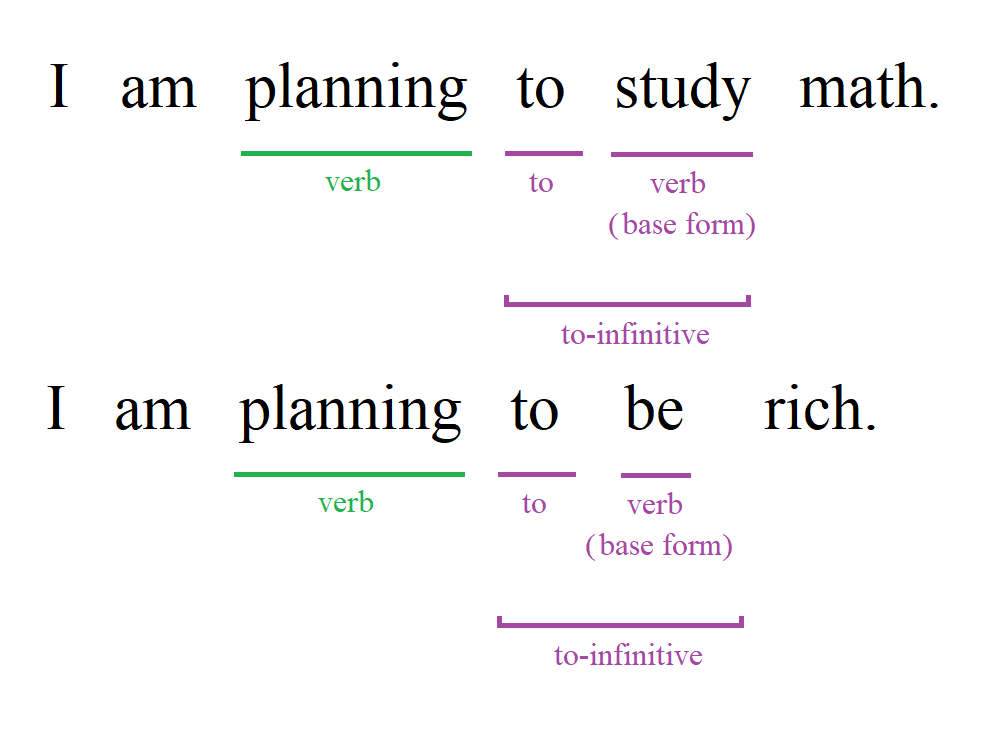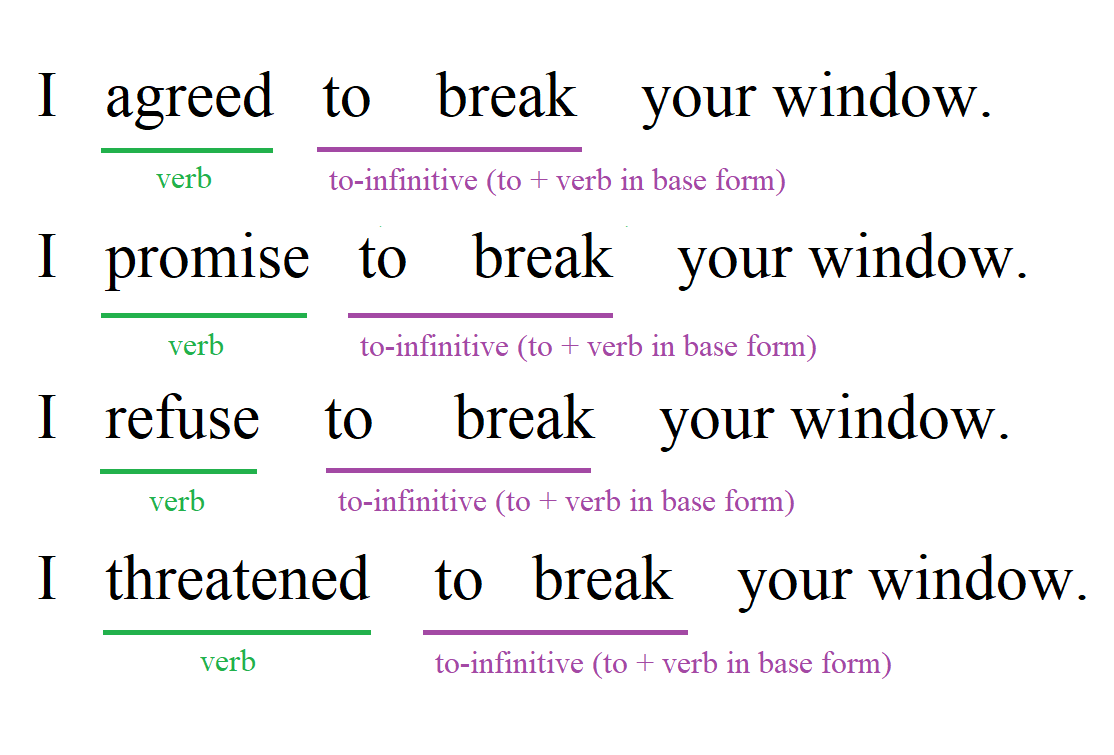Verb + To-infinitive
- The to-infinitive form of a verb is used after certain verbs to express purpose, intention, desire, or a future action.
- Basic usage includes verbs such as like, want, need, and would like.
- Other usage includes verbs like promise, threaten, refuse, and agree.
- You can place a direct object after the main verb to express who receives the action."
The to-infinitive form is a very useful part of English grammar. We can express reasons, purposes, and intentions with clarity. An "infinitive" is the base form of a verb. "To-infinitive" is "to" + a verb in its base form. Examples are "to eat", "to get", and "to use". Starting from the basics, we'll explore how the to-infinitive interacts with both common and more complex verbs.
Basic Uses of To-Infinitive
The to-infinitive often follows verbs that express desire, need, or preference. Examples are "like", "want", "need", "love", and "hate". This construction helps to clarify the action that the subject wants, needs, or prefers to do.
Examples: "like to play", "want to eat", "need to sleep", "love to read", and "hate to say".
In the case of "like to play", "like" is a verb and "to play" is a to-infinitive. A to-infinitive is "to" + an infinitive (a verb in its base form).

Examples:
-
I want to learn English.
Subject ("I") + verb ("want") + to-infinitive ("to learn") + object ("English").
-
She needs to go to the store.
Subject ("She") + verb ("needs") + to-infinitive ("to go") + prepositional phrase ("to the store").
Other Verbs Followed by To-Infinitive
Other verbs that can go before a to-infinitive includes verbs for saying something. These include "promise", "threaten", "refuse", and "agree". The to-infinitive helps to express actions related to commitments, warnings, denials, and consents.
Examples: "promise to work", "threaten to quit", "refuse to come", and "agree to pay".

Examples:
-
He promised to help her.
Subject ("He") + verb ("promised") + to-infinitive ("to help") + object ("her").
-
She refused to accept the offer.
Subject ("She") + verb ("refused") + to-infinitive ("to accept") + object ("the offer").
Direct Object with To-Infinitive
You can put a direct object before the to-infinitive for some verbs.
Grammar rule: Subject + Verb + Direct Object + To-Infinitive.
Example: "I want Ted to come to my party."
The direct object receives the action of the to-infinitive. It provides clear information about who is to perform the action or who is affected by it.
Examples:
-
I asked him to call me.
Subject ("I") + verb ("asked") + direct object ("him") + to-infinitive ("to call") + object ("me").
-
She wants her team to win.
Subject ("She") + verb ("wants") + direct object ("her team") + to-infinitive ("to win").
和AI英语老师一起练习这个话题
AI英语老师会教您语法,并以对话的形式和您一起练习。 另外,还有 100 多个有关该主题的练习题来巩固您的理解。
在您的手机或平板电脑上免费试用 ALULA








你对这节课有任何问题吗?请在下面的评论区提问。